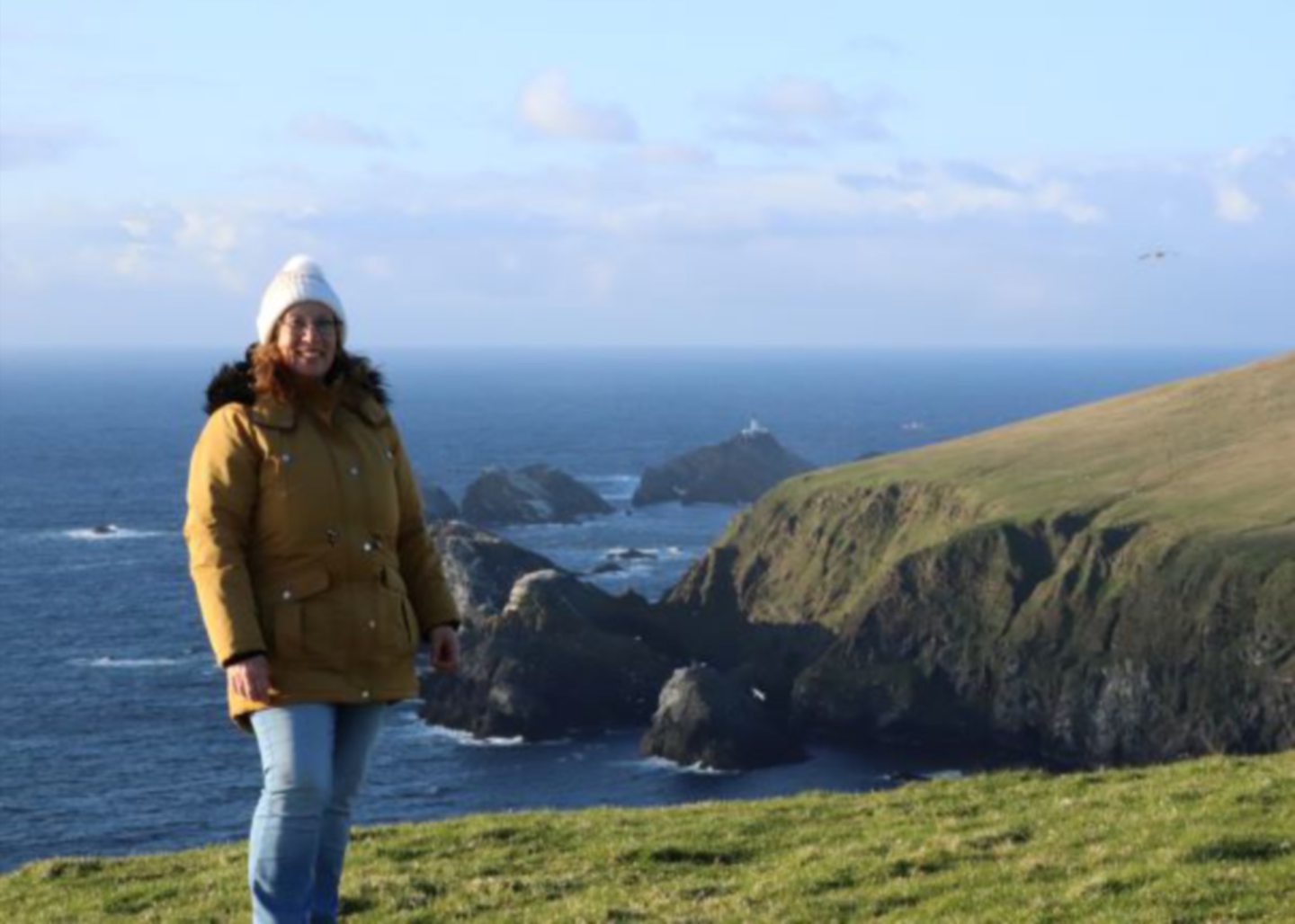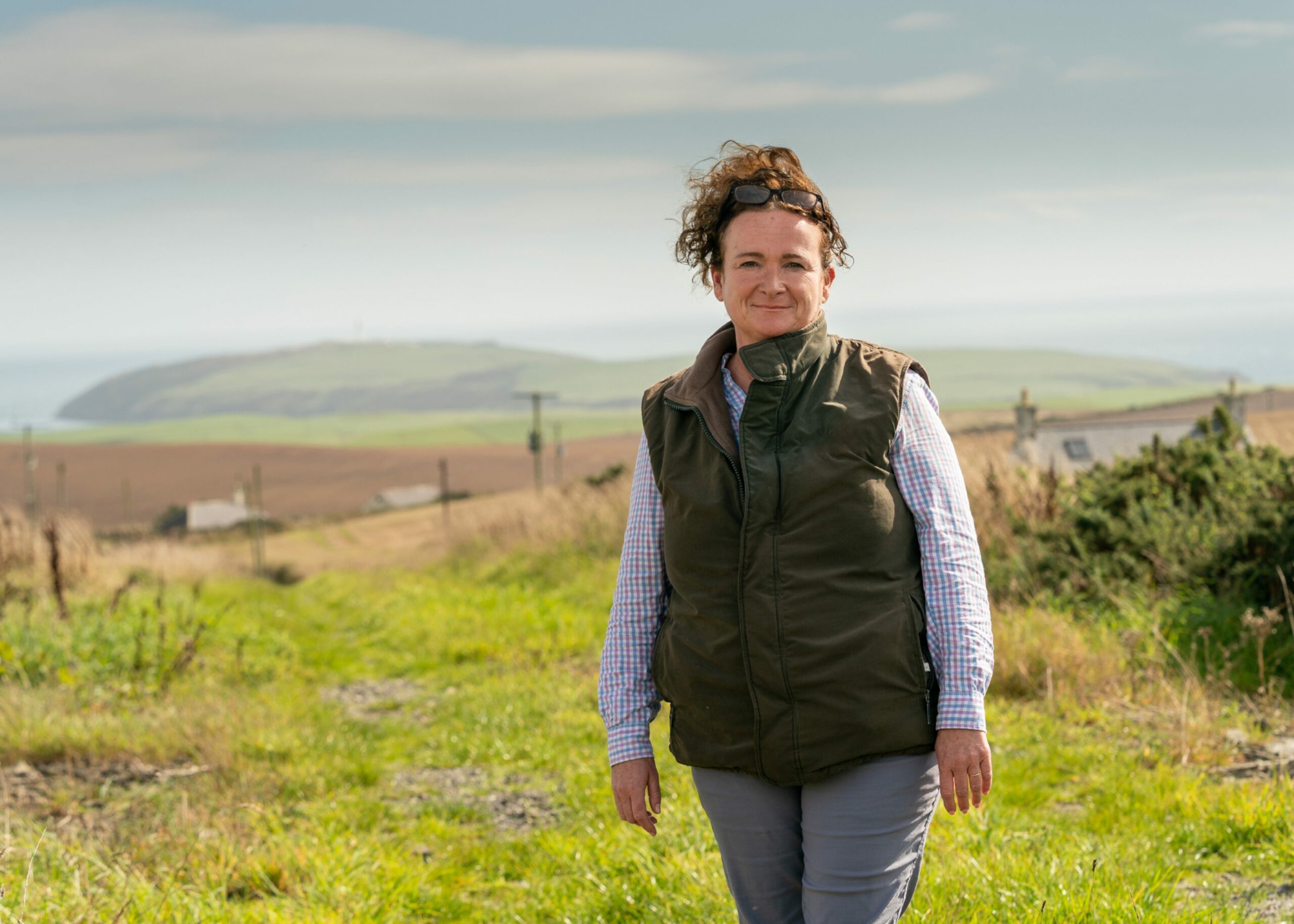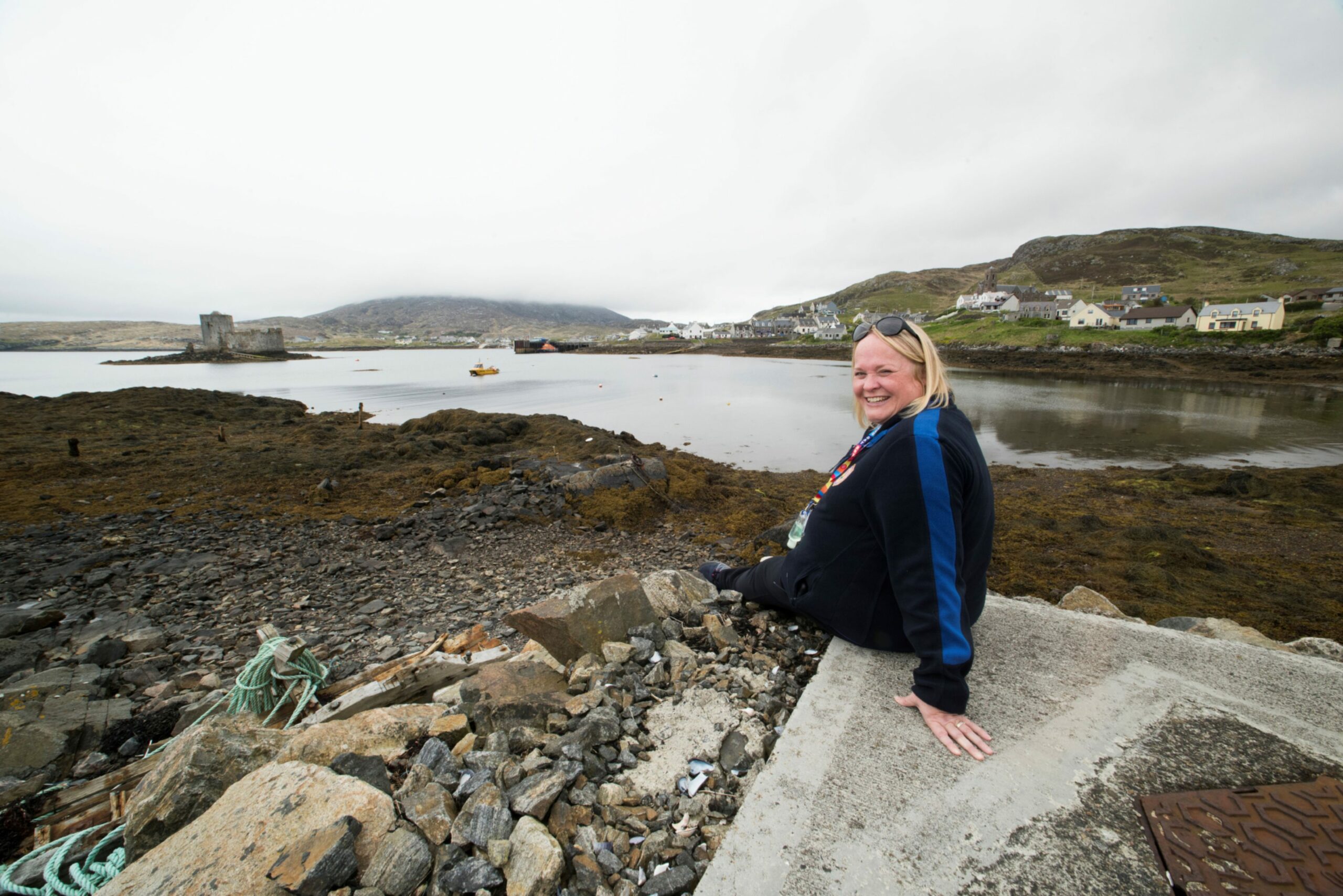
They call it distance learning and they’re not kidding.
Students at the Open University (OU) are gaining life-changing qualifications from every corner of Scotland and all points in between.
Six out of 10 OU students are women and, according to Susan Stewart, OU director for Scotland, that’s partly because remote and flexible study suits busy mums and can be the key to refreshing or reshaping their career.
After the Sunday Post last week revealed a warning from experts that the UK economy is losing talent worth £1.7 billion every year because the jobs market is rigged against women returners, Stewart said: “61% of our students are women. That has grown in proportion with the phenomenal growth of overall students.
“The thing I find most interesting is that 50% of our science, technology, engineering and maths (STEM) students are female, and that bucks all higher education trends. There is some evidence to suggest that a large group of those women are women returners who at school were put off pursuing sciences either at National Five or Higher, but who have always had an interest in science and at an older age have the confidence to come back to university and study STEM subjects.”
With Higher Education Statistics Agency and the University and Colleges Admission Service putting the figure for females in STEM subjects this year at 35%, the OU stats are impressive.
50 years of Open University: “If it hadn’t been for OU I would never be doing a job like this today”
Stewart also pointed out: “Women students tend to study at a greater intensity than our male students. With the OU you can study as little or as much as you want at any one time. What we are seeing is that women tend to complete their part-time degrees in a shorter time-frame than their male counterparts, which is interesting.
“We are doing a lot on employability and how OU students feel when they graduate – what difference the OU has made to them, both in confidence and well-being, but also in terms of employability and earning potential.
“Statistics show 80% believe their OU study has helped them achieve their career goals and 88% agree that OU study has helped them achieve their personal goals.”
According to Stewart, a further breakdown of the statistics shows an even brighter financial picture. And, although not gender specific with further research required, Stewart revealed: “OU students who had Highers from school and completed a part-time OU degree are estimated to earn an average extra £129,000 more over the rest of their career.
“For those who left school without Highers, we see that statistic significantly increase. Once they have completed an OU degree, these graduates are estimated to earn an average £200,000 more in real terms over the rest of their career.
“What I always say when I am talking to employers is, ‘if you are shortlisting, and you have OU graduates on your list, make sure you take a second look at them’.
“This is because some of the things employers are looking for outwith the academic achievements are how to manage your time, how to work with other people, and how to ensure that you can cut through the wheat to the chaff.
“By their very nature, our students are juggling lots of different things; they are often carers, 75% of our students are in work when they are studying, so they need to be incredibly well disciplined, task focused and manage their time exceptionally effectively. Those are the graduate attributes employers are seeking.
“In relation to women in STEM, outwith the OU we know the barriers that there are in predominantly STEM workplaces, and I know that a lot of big STEM employers are putting a lot of work and a lot of resource into recruiting more women.”
She cited telecoms giant BT as an example, having learned while a panellist at the Scottish Council for Development and Industry conference that the company was actively trying to increase the number of women in their STEM roles.
Last week The Sunday Post revealed a recent government study found that 25% of working-age women were economically inactive in 2020, with the pandemic making things more difficult for women on career breaks, with many having to return to work earlier than originally planned due to the economic stress the pandemic has put on their family finances.
Hazel Little, programme director of Women Returners, a networking organisation that supports women looking for opportunities after a career break, warned: “Women face so many barriers when trying to return to work.
“They are faced with biases at the point of recruitment, with people looking at their CV and saying, ‘your skills are out of date, you’re too risky, you’re too old, you won’t be able to hit the ground running’. They are being pushed out of the job market.”
She welcomed the OU’s findings, adding: “Women returning to work after long breaks bring a wealth of experience, maturity and cognitive diversity to organisations, together with skills developed before and during their career break.
“Those who have returned to study with organisations such as the OU have refreshed their knowledge or have upskilled in a new area and have demonstrated proactivity and a high degree of motivation.
“Forward-thinking employers who value these attributes can benefit from a huge talent pool of high-calibre and very capable women.”
North
When Michelle Howden, 56, completed her degree on Unst in Shetland, she became the OU’s most northerly graduate of 2020.
Mum to Alastair, 33, Michelle – who now works at Britain’s most northerly Post Office counter, in Baltasound – was able to complete her Bachelor of Science honours degree in criminology and psychological studies over time when she was living overseas with her husband John, 57, a flight sergeant in the Royal Air Force.

She said: “I didn’t have the opportunity to go to university when I left school, and in 2014 my husband had just been posted to northern Italy with the RAF.
“I decided to utilise my time and study. I chose the OU because I could study remotely yet still have access to lecturers, fellow students and administration. The OU offered a course I was interested in.”
Howden added: “I really didn’t intend to study further but I have now done my first year of a two year part-time master’s degree in island studies with the University of the Highlands and Islands.”
South
Living in rural Drummore – Scotland’s most southerly village a few miles from the Mull of Galloway – was no barrier to arts and humanities student Anne Ramsay, 47, who joined the OU in 2018.
Married to retired lobster fisherman Charles, with whom she has son Sam, 12, she said: “The OU was the only option for online learning. As I live in such a rural area it would not be practical to travel 120 miles to Glasgow for lectures or tutorials.”

Ramsay, who already had an economics degree, and took up the OU course for “the love of learning”, juggling studies with her work as an administrator at Logan Botanic Garden, near Stranraer, added: “The OU is a great opportunity for women with children.
It enables them to study at a pace and at a time that suits their commitments.
“It also provides the opportunity to start working towards a new career. Twenty years ago, most people would have to leave a job in order to go to college to retrain but this is no longer necessary with the OU. It has created a new world of possibilities for all.”
West
One of the most westerly students, mum-of-two Sarah MacNeil, 43, is in the fifth year of her honours degree in education studies (primary). Her grant-assisted degree opens doors to a year-long teacher training course which could – should she choose – see her qualify as a primary teacher.
McNeil, who already loves her current part-time job as a support for learning assistant because it fits comfortably with the needs of her daughters aged 12 and 10, says the qualification is already helping her to better understand and perform her role.

She already has an HND in TV production and multimedia. Previously based in Newcastle, she worked on screen productions including Billy Elliot, Harry Potter And The Philosopher’s Stone, Wire In The Blood and Byker Grove.
MacNeil had holidayed on Barra for years before her parents bought a house there when she was 22. She met and married “the boy next door”, lorry driver Archie, 53 and decided to stay.
She said: “My TV job was great but I love my current job. OU students have more life experience because they tend to be more mature, and they have great time-management skills.”
East
Abbie Jones, 22, is one of the OU’s most easterly students, and is based in Peterhead, one of Europe’s busiest fishing ports. A manager for William Hill, she wants to be a social worker and last autumn embarked on a health and social care honours degree.
She said: “I felt the need to expand my knowledge and start looking more specifically for a career. I want to become a social worker. I grew up with my family having help from social workers – befriending and general childcare support.
“I was really young but I had positive interactions and if I become a social worker myself, I will be able to make a positive impact on families or people who find themselves in a time of need.

“The OU seemed to be the best option for me because my nearest college or university is about an hour’s journey to the city and an hour home. I depend on public transport which can take even longer.
“And it means I am able to keep working and have time for my studies without having to sacrifice my work contract or time travelling.”
She added: “I was able to fund my studies by applying for a Part-Time Fee Grant. It was quite easy to apply and once that was in place the Open University then topped up my fees.”

Enjoy the convenience of having The Sunday Post delivered as a digital ePaper straight to your smartphone, tablet or computer.
Subscribe for only £5.49 a month and enjoy all the benefits of the printed paper as a digital replica.
Subscribe